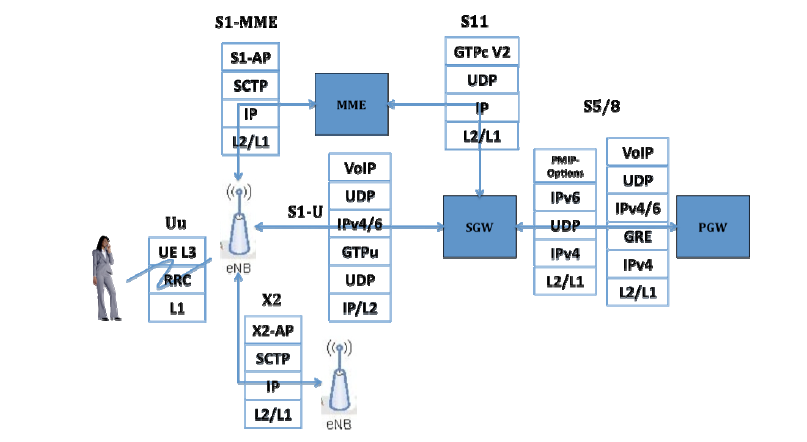Positioning
reference signals are used for OTDOA User Plane Location Support. Positioning
reference signals are transmitted with a periodicity Tprs[ms], as specified by prsPeriod. At each transmission occasion the position reference
signals are sent in n,subf,con consecutive DL subframes. The number of consecutive DL subframes can
be specified by nConsecutiveSubframes. In the figure below an example of the transmission scheme for PRS
subframes is shown.
To
minimize the interference in the PRS subframes PDSCH is not scheduled in any RB
in those subframes. Also note that PBCH, PSS and SSS all have higher priority
than PRS. For a configuration with two antennas, PRS is transmitted from one
antenna at the time. The same antenna is used the entire PRS occasion. For more
information, refer to OTDOA User Plane Location Support. The more PRS
subframes, the more accurate will the OTDOA positioning be. This
comes at the expense of less resource available for PDSCH. The fraction of
subframes used for PRS can be calculated by the following formula:









